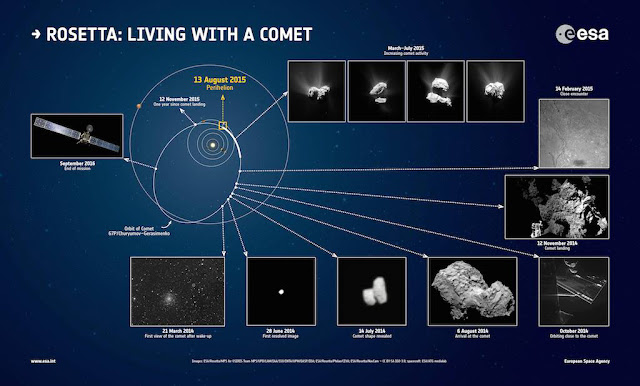NERDTASTIC: Last night was the first Thursday of the month, and that meant it was free admission at the Living Computer Museum in the stadium district in Seattle, and it also meant that it was movie night. We RSVPed weeks ago to get in on the fun.
I'll let the kids tell you a bit more about it, Annabelle first. ..
On August 6, I went to the Living Computer Museum to see part one of a mini series from the 90s called "Triumph of the Nerds". The first part was called "Impressing their friends". It was about how the PC industry grew. One of the first personal computers was called the Altair 8800. It was revolutionary that a computer could fit into that small of a container at the time, but it hardly did anything except adding, and even that was very hard to do. But one computer hobbyist found a way to program the computer language BASIC onto it- and his name was Steve Wozniack, the co-founder of Apple. Wozniack founded Apple with Steve Jobs, and they soon came out with the Apple 1, and soon after, the Apple 2. Soon enough, they were selling millions of computers and the industry skyrocketed. That was all that was included in the first part, but part 2 is supposed to be about the "copy" companies that emerged. It was interesting to listen and watch and I am looking forward to part 2.
And here is CJ's account ...
On August 6th, 2015, we went to the Living Computer Museum to see "Triumph of the Nerds," which is the first of a 3-part mini-series made in the 1990s about computer history since the mid-70s. The movie showed that nerds, or, as one interviewee put it, are "The people who use the telephone to talk about telephones" made up many of the pioneers of the computer industry. The movie showed how some of the first computers, such as the Apple 1, were made with impressing the creators' friends in mind.
One very important computer we learned about during the movie was the Altair 8800, which came in mail-order from different magazines in 1975. What came were multiple parts that you had to assemble yourself into the actual computer. The results (if you built it properly) were at best, a box with flippers and lights on the front. According to the movie, even trivial equations, such as 2 + 2, became a tedious series of lever-flips that you had to get all right.
Once upon the time, there was the HomebrewComputers' Club, which tried to find a use for the bricktair. It was difficult to get it to do anything beyond very rudimentary tasks, but one day, a transistor radio was brought into to club, and, after hooking it up to the bricktair, managed to generate some tinny tunes with it. Suddenly, the Altair 8800 was no longer just a box with flippers on the front. Eventually, they also hooked up a keyboard and a monitor to the Altair, and taught it a mini-computer version of BASIC.
Overall, I think that Triumph of the Nerds was a very interesting movie, and I look forward to seeing the next episode of the series.(If someone was interested in watching it, it's worth noting, many, many people (who do not own the rights to it) have posted Triumph of the Nerds on YouTube.)
In the movie screening room, there were a number of relics on display, including this great old tube tester.
Christian mentioned that he remembers seeing tube testing stations in stores when he was a kid.
There was also a microprocessor designed by Homebrew Club member George Morrow. Above is his 64k static 2716 memory board from 1981.
GARDENING HIGH AND LOW: Our tomatoes are coming on so strong, we can't keep up. Easy problem to manage, however. We just share.
Meanwhile, on the ISS, they've got their own bountiful garden growing!
Image credit: NASA
The plan is for them to harvest a crop of "Outredgeous" red romaine lettuce from the Veggie plant growth system (pictured above).
Before eating them, the astronauts will clean the greens with citric acid-based, food safe sanitizing wipes.
This NASA video includes an interview with Paul Zamprelli of Orbitec, the company that developed the Veggie greenhouse. While it's in use on the ISS, the system was developed with supporting future deep space missions beyond Earth orbit in mind. https://youtu.be/c1Gxn_nfgWA
Before eating them, the astronauts will clean the greens with citric acid-based, food safe sanitizing wipes.
This NASA video includes an interview with Paul Zamprelli of Orbitec, the company that developed the Veggie greenhouse. While it's in use on the ISS, the system was developed with supporting future deep space missions beyond Earth orbit in mind. https://youtu.be/c1Gxn_nfgWA

















































